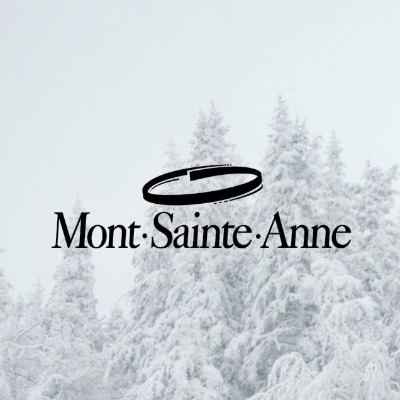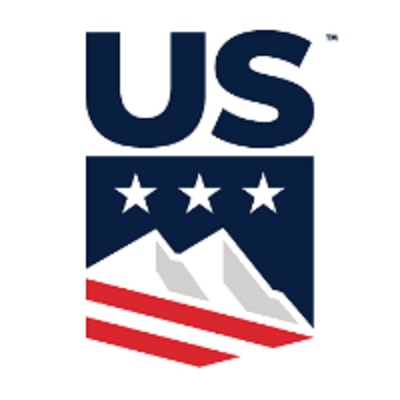Destimetrics - Western Destination: Big Finish For Record-breaking Summer; Winter Looking Just As Big

As predicted for the past few months, western mountain destinations across eight western states combined to nail down their best aggregated summer ever for occupancy, daily rates, and revenue. The confirmation of the record-breaking summer season was released Wednesday by DestiMetrics,* the Business Intelligence division of Inntopia, in their Monthly Market Briefing to the 290 participating properties that contributed their data through Oct. 31. And despite some hiccups in booking pace triggered by new waves of the Delta variant during August and September, the final month of summer provided the proverbial cherry on top while also proving that enthusiasm for a far less restricted ski and snowboard season is carrying that remarkable momentum forward into the coming winter months.
Comparisons to both last year at this time and two years ago at this time before the pandemic, shows an impressive rebound - including steadily escalating daily rates.
Winter, and holidays, looking merry and bright
The first chairlifts of the 2021-22 season have barely started to turn but if Mother Nature delivers the goods, the pandemic continues to fade, and the economy remains stable, it is shaping up to be a very good year. Challenges related to adequate staffing and employee housing are still significant, but the return of some international J1 visa workers should help mitigate the issue, and the booking pace suggests that visitors are eager to return to a far more typical mountain vacation.
As of Oct. 31, on-the books occupancy for the full winter season from November through April is up a formidable 75 percent compared to last year at this time with gains in all six months—including triple-digit gains in February and March. ADR for the winter is up 23.5 percent and the combination is delivering a whopping 116.1 percent increase in aggregated revenues. When contrasted to two years ago and the pre-pandemic world, on-the-books occupancy is up a healthy 18.6 percent compared to this time in 2019 with ADR up a strong 20.9 percent—allowing properties to see a 43.5 percent gain in revenues compared to October 2019.
“Conditions driving bookings for the upcoming winter season at mountain resorts couldn’t be better,” reported Tom Foley, senior vice president for Business Process and Analytics for Inntopia. “Vaccination rates that are ticking up, infection rates moving down, and strong financial and consumer markets - despite inflation - are driving considerable upward momentum and are contributing to extending the summer’s records into next spring. Robust bookings, extended length of stay, earlier lead times for bookings, and fewer cancellations are also contributing to the positive winter outlook,” he confirmed.
Quick wrap up for October and full summer
October put the exclamation point to summer results with a 6.7 percent increase in occupancy and an 18.1 percent gain in the Average Daily Rate (ADR) as of Oct. 31, in a year-over-year comparison. And when compared to the pre-pandemic October of 2019, occupancy was up 8.4 percent with ADR up 40.5 percent for the month. And what is now an often-repeated message - summer was a stunner. Compared to last summer, aggregated occupancy finished up 45.5 percent and daily rates were up 24.1 percent to log an exceptional 80.7 percent increase in revenues in a year-over-year comparison. While summer occupancy only squeaked out a slight 0.8 percent gain compared to the summer of 2019, daily rates were up 33.1 percent compared to two years ago at this time to offset the anemic gain in occupancy. Lodging properties posted a robust 34.4 percent increase in aggregated revenues compared to two summer ago.
Economic indicators
The Dow Jones Industrial Average (DJIA) rose sharply in October by adding 1,975.6 points to rise 5.8 percent and set another all-time record for the monthly close. This surge offsets the 4.3 percent lost in September and marks the seventh gain in the past 10 months. The DJIA is up 35.2 percent from one year ago. Reversing three consecutive months of decline, the Consumer Confidence Index (CCI) added a modest four points to deliver a 3.6 increase from last month.
For the third consecutive month, the national Unemployment Rate fell during October from 4.8 percent to 4.6 percent, as the economy added a strong 531,000 new jobs with the Leisure and Hospitality industry filling 164,000 positions. September’s job creation figures were also adjusted up from 194,000 to 312,00 but the ongoing chasm between available positions and number of employed persons remains very low with approximately 3.2 million still unemployed since February 2020--whether from permanently exiting the job market or struggling to find a new position in a different industry from the job they lost. Unemployment has declined 1.2 percent since the beginning of the summer and nearly four million new jobs have been added.
“Although the numbers look promising on the surface, that employee gap remains an issue for mountain resorts and communities,” Foley explained. “Lack of employees has the potential to impact the ability of the travel industry to meet the high demand and justify the high cost of destination travel. That ongoing void may force changes to service levels or rates as the season progresses.”
Keeping an eye on
- Average Daily Rate (ADR) continues to move steadily upwards compared not only to last year - 23.5 percent higher-- but also to two years ago - 33.1 percent higher. This rapid rise is outpacing the greater economy and according to Foley, may “actually leave the industry vulnerable to strong rate corrections if the financial or consumer markets change significantly.”
- COVID-19 caseloads are now a well-established and a leading indicator of booking patterns with bookings increasing in an inverse relationship to the declining number of new cases and vice-versa. Over 20 months, the correlation has remained consistent and even modest changes in new cases will impact bookings.
- Supply chain woes that are wreaking havoc on inflation and broad swaths of the retail sector from groceries to toys to outdoor gear has the potential to have a positive impact on destination travel. As retailers’ shelves remain understocked, gift-givers may opt for experiential presents this year in lieu of difficult to find hard goods. The situation is an opportunity for travel suppliers to promote gift certificates for a wide range of travel and recreation experiences.
“Booking momentum remains strong and transactions for the winter ahead is remarkably strong despite the continued upward trend in room rates,” Foley observed. “With Christmas and New Year’s both falling on Saturday this year, that really helps extend the holiday travel period and it is currently creating excellent occupancy fill in the 10 days before the holiday as well as the always popular days between Christmas and New Year’s - and that is driving some pretty amazing revenue numbers for the second half of the month.”
“As always there are some issues that could shift the narrative including the national inflation rate that reached 6.2 percent in October, the exodus of mountain town employees, and a long-term weather forecast for a La Nina snow pattern that isn’t always beneficial for all regions,” he continued. “But if the pandemic continues to ease, the financial markets remain positive, and visitors can look forward to slope time with far fewer restrictions than last year, it should be an excellent year,” he concluded.













